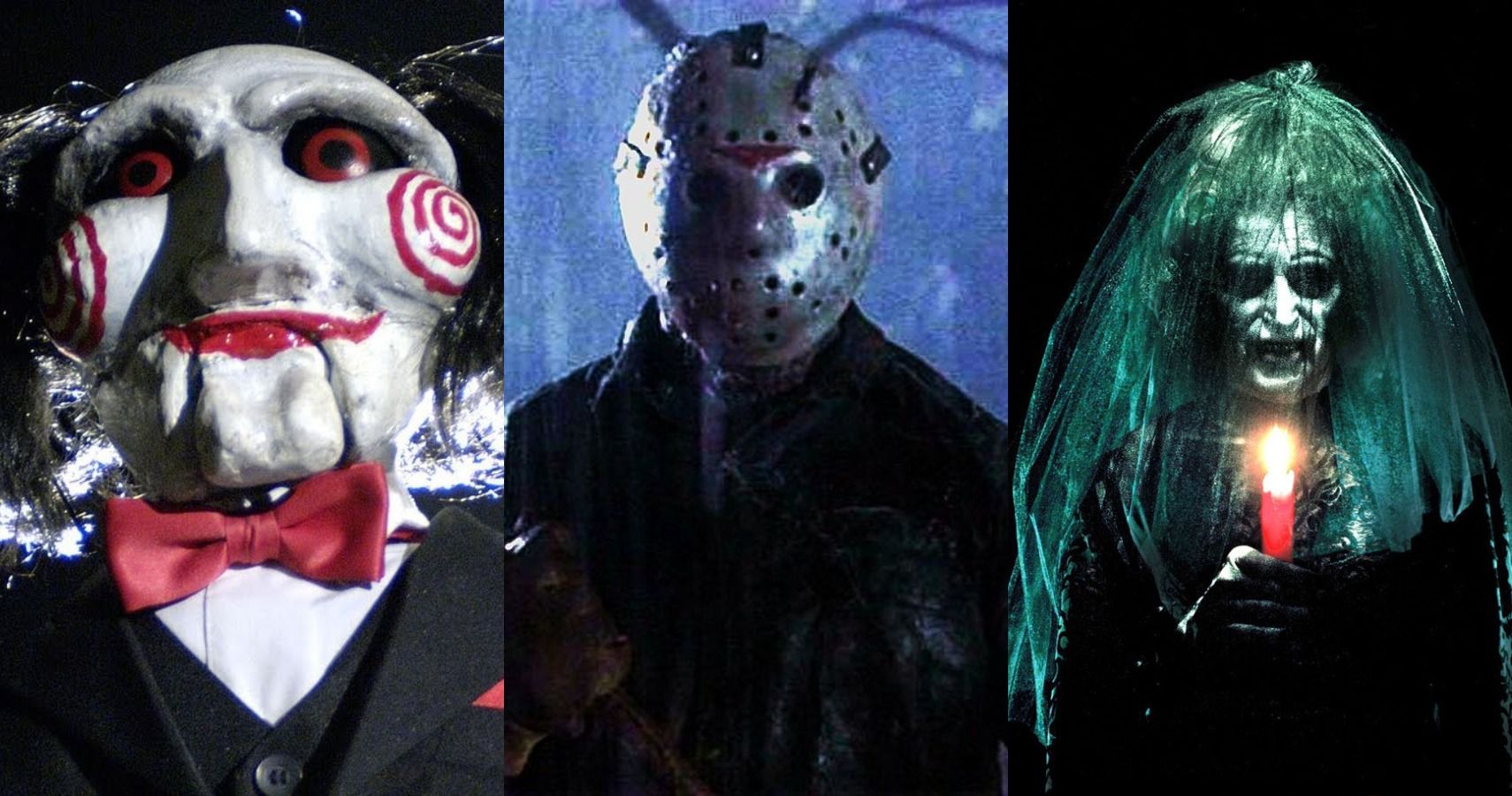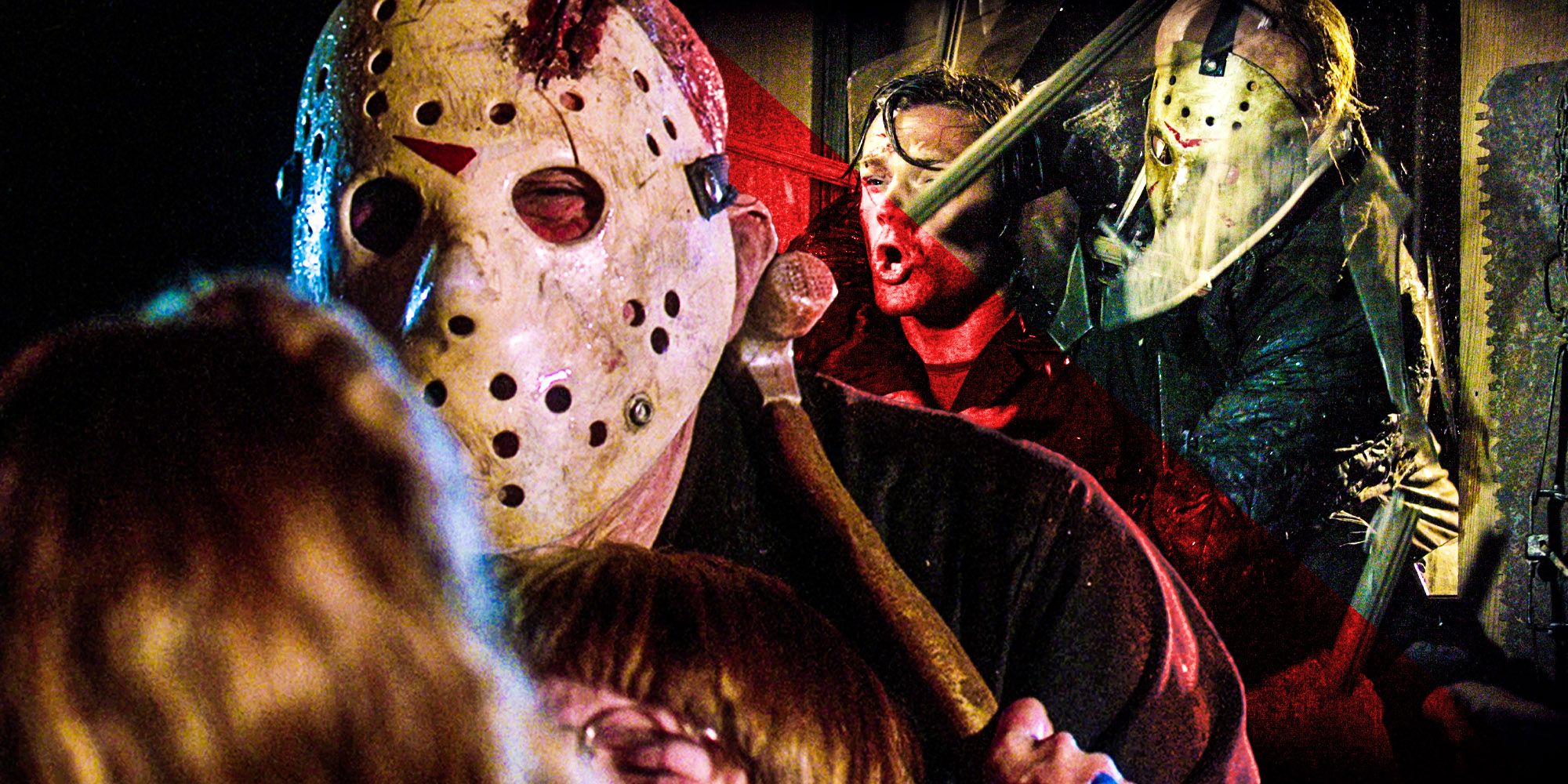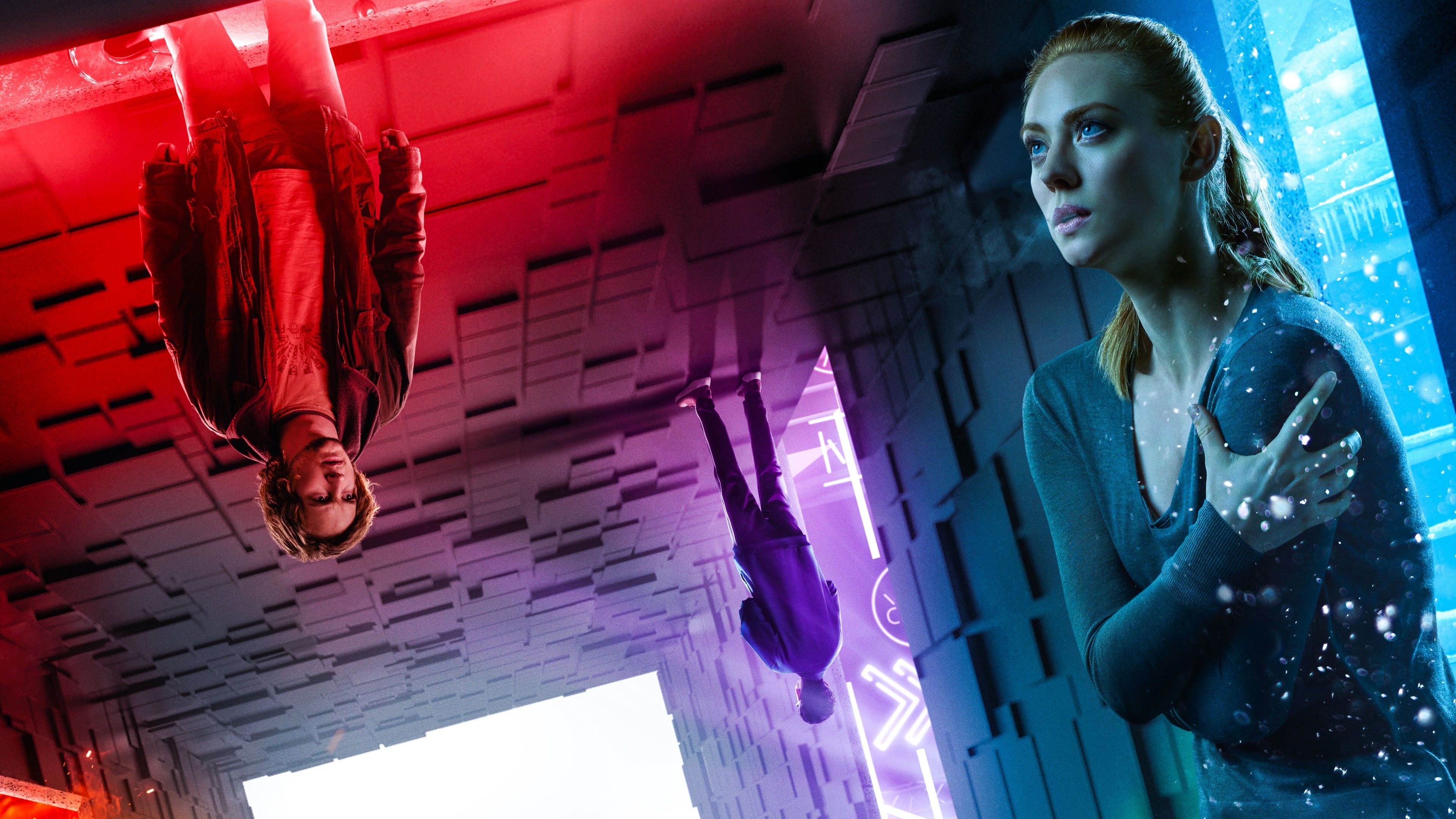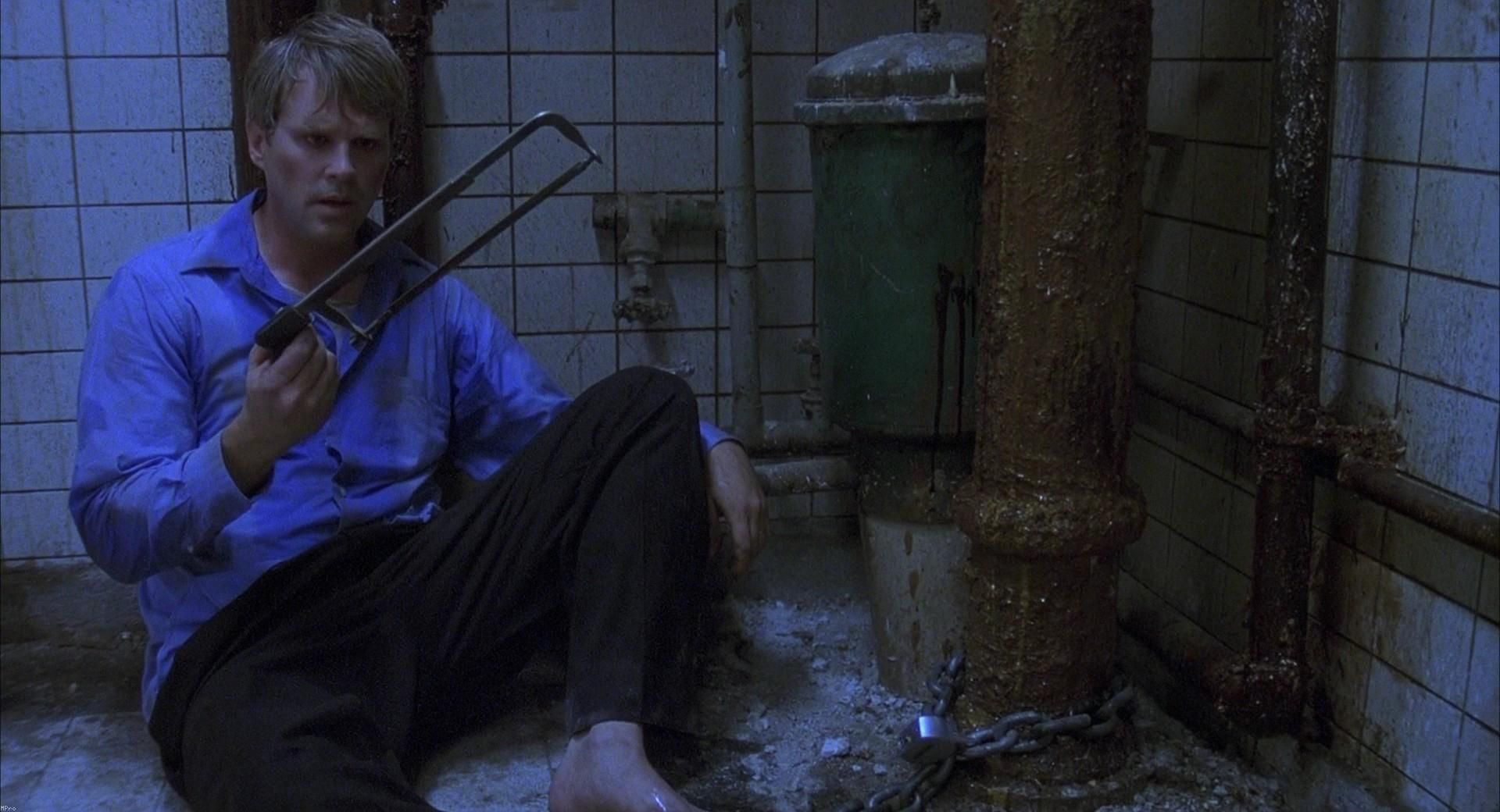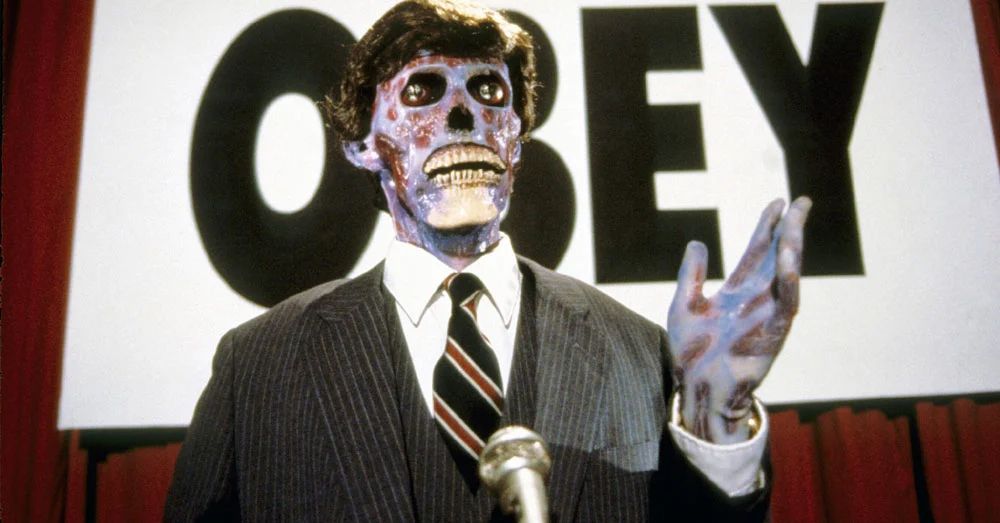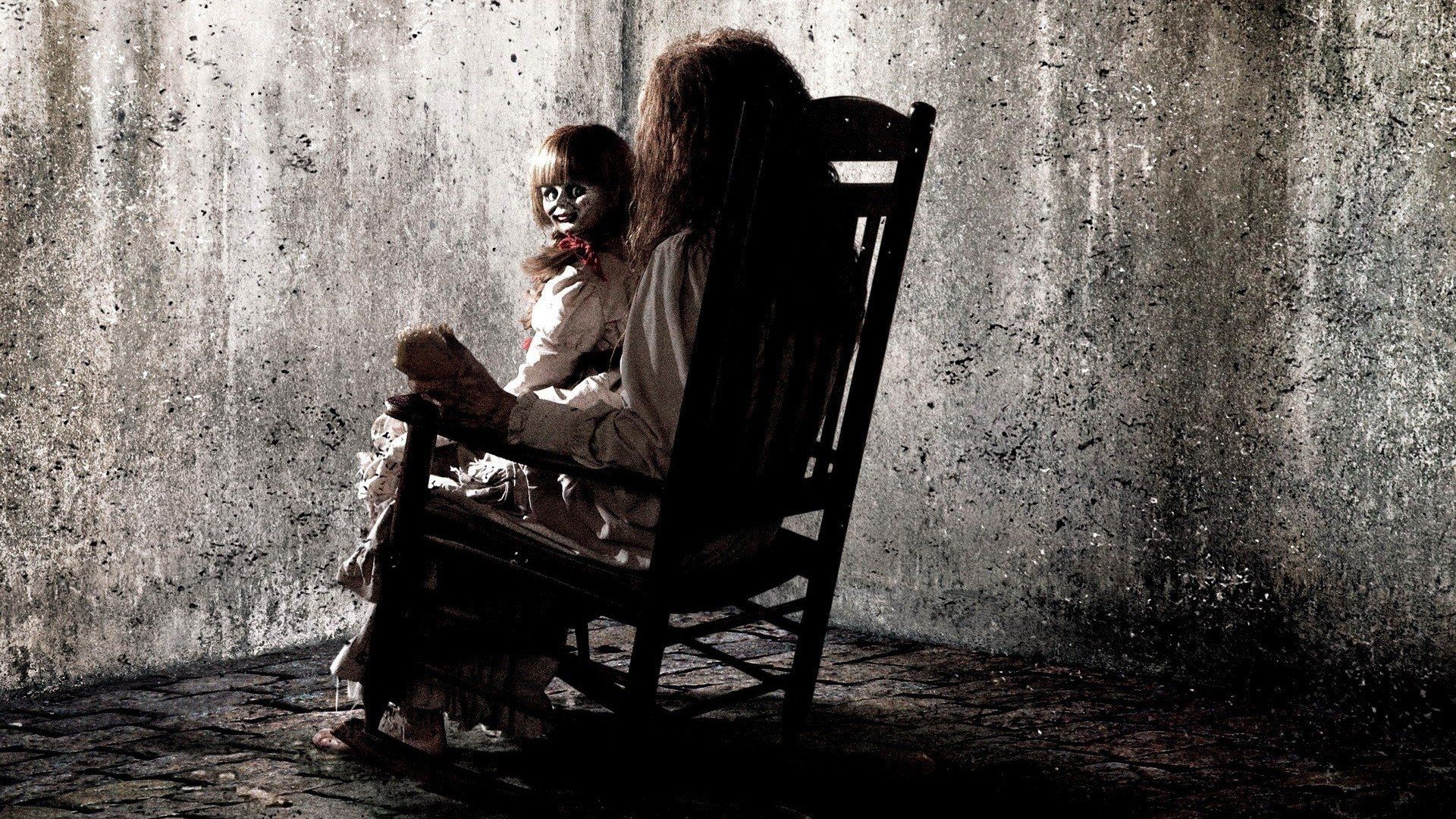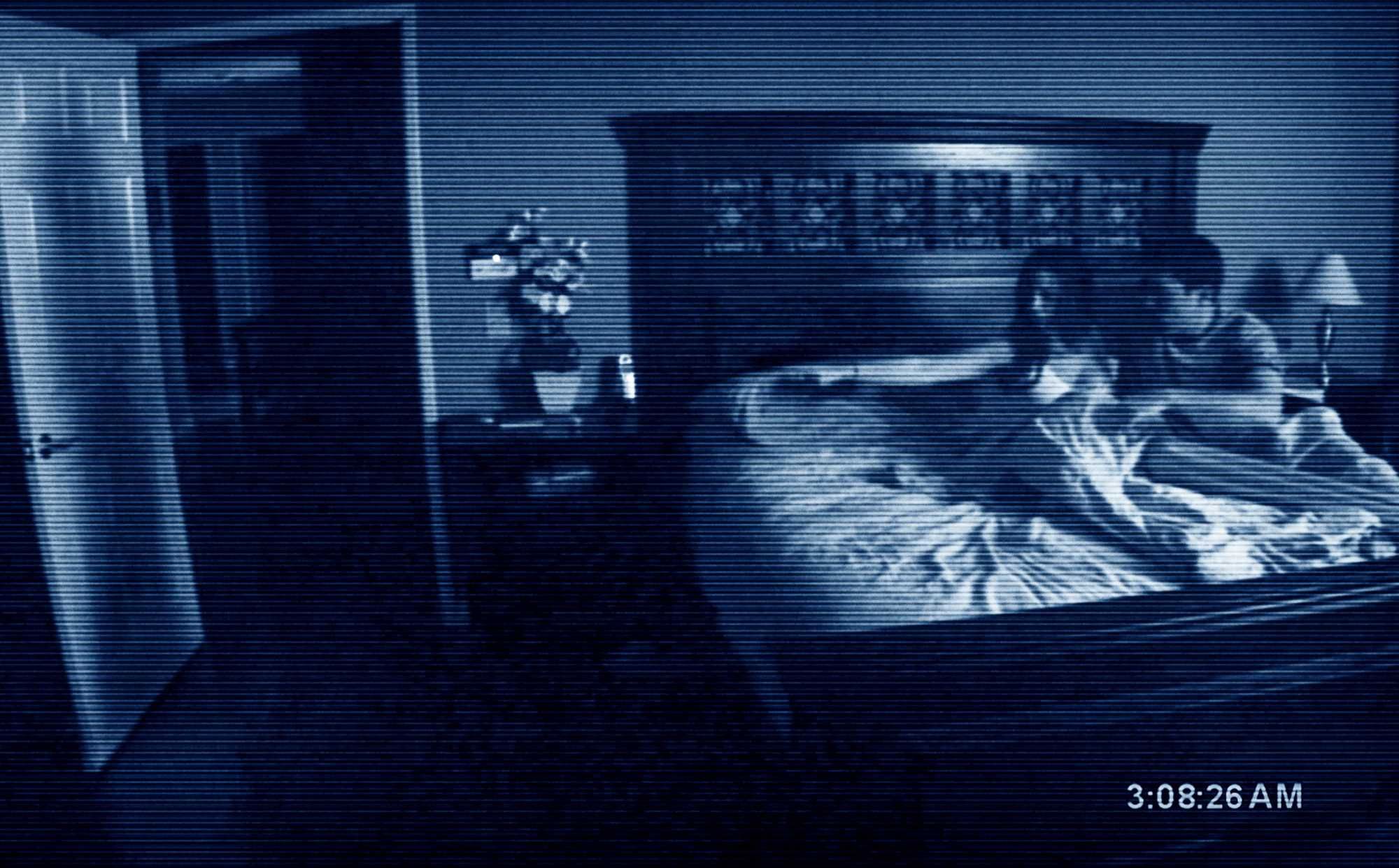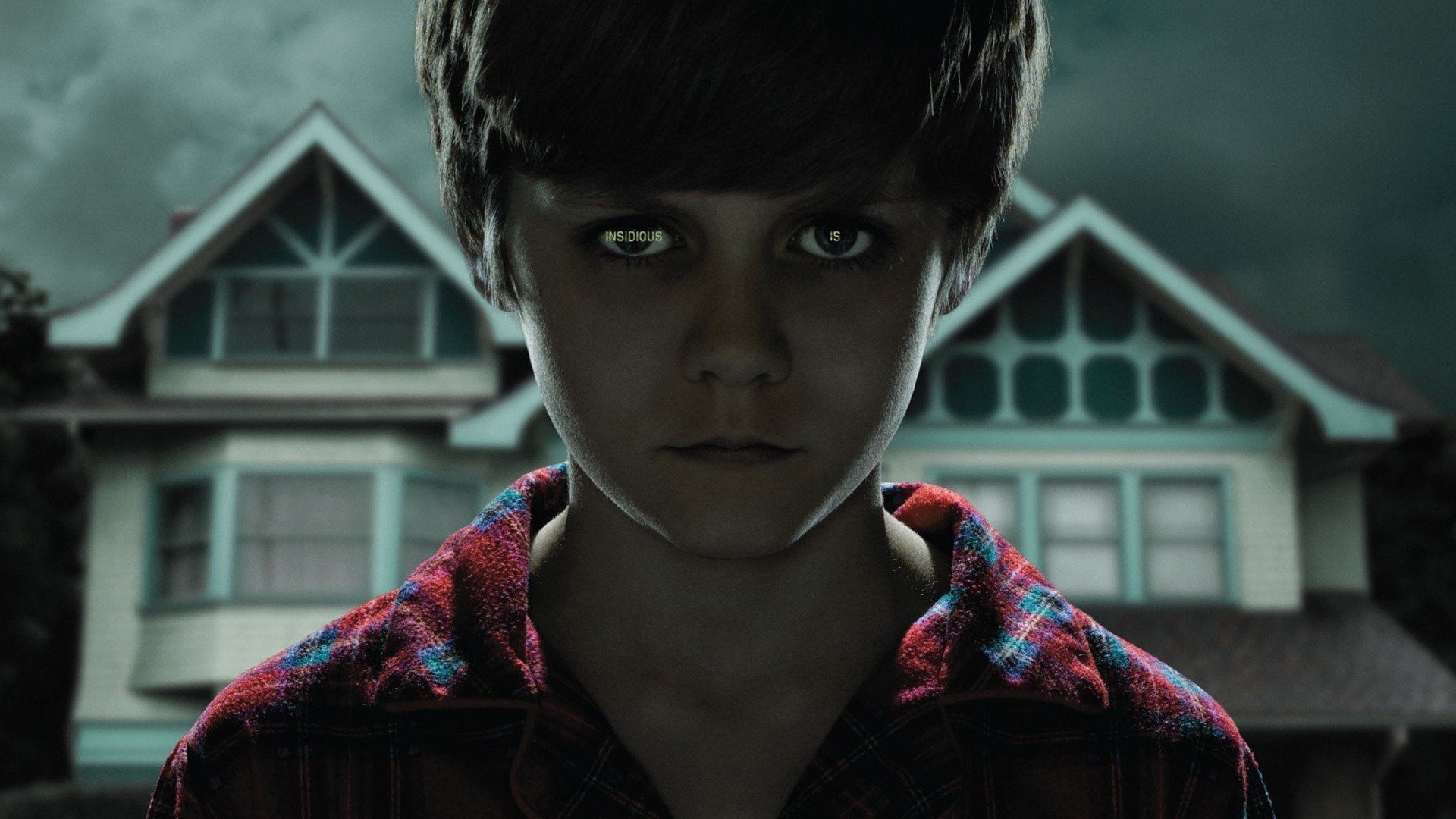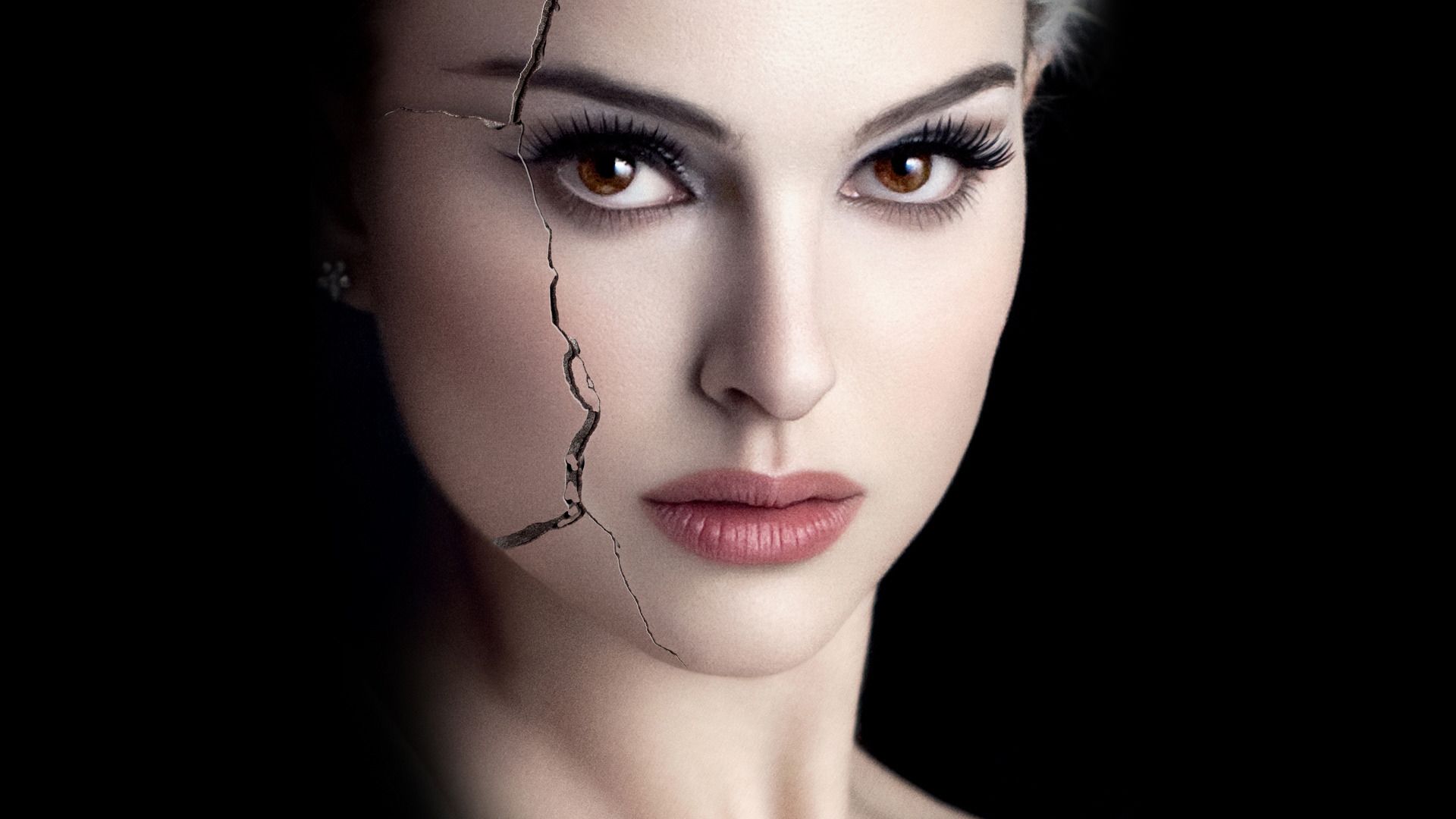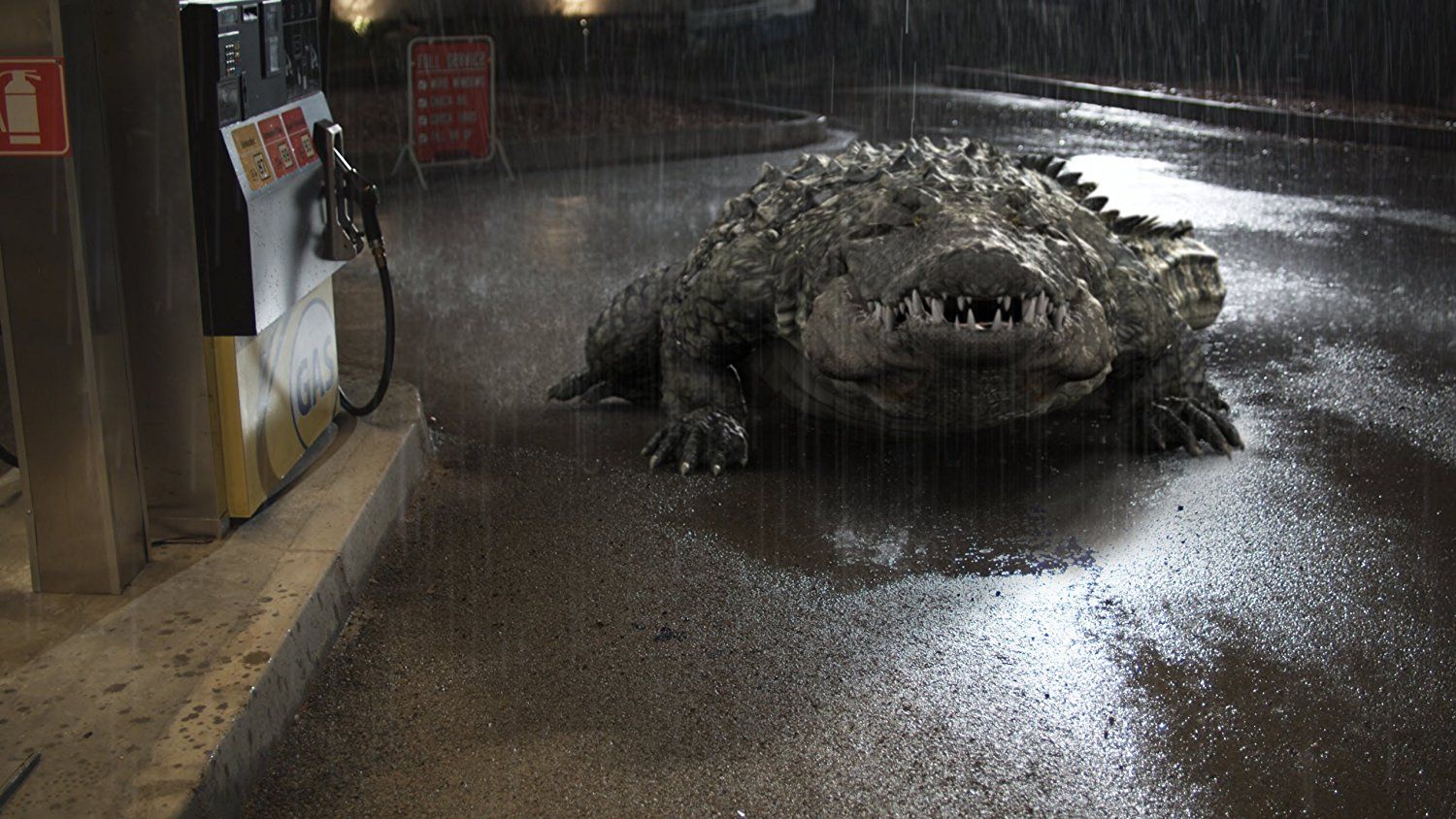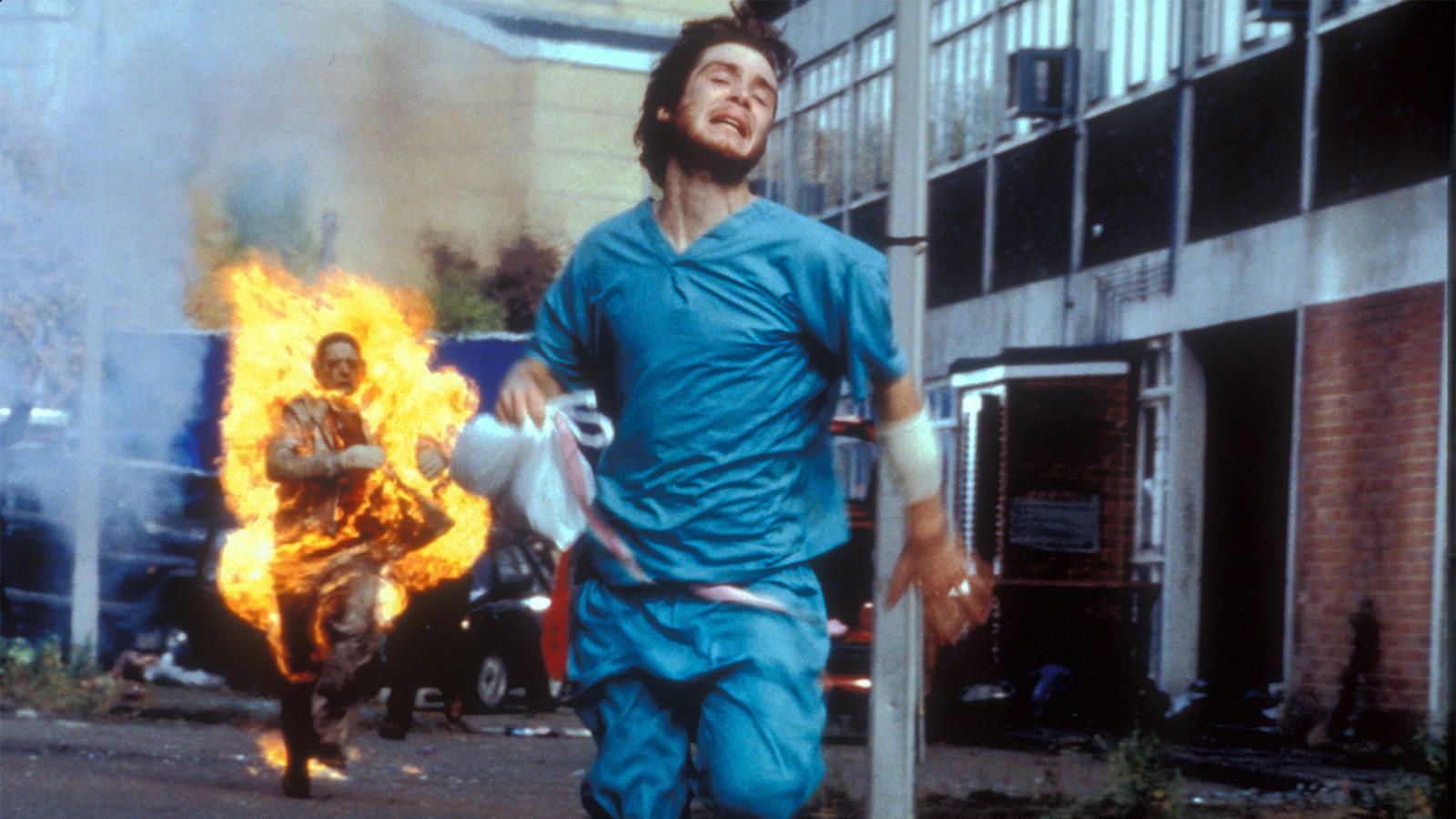From the early days of German expressionism and pioneering Hammer horror films to the modern era of larger-than-life monsters and CG scares, cinema and horror have always gone hand-in-hand. That said, today, horror films are often thought to be trope-riddled and clichéd, and the samey, low-effort productions that hit theaters every January certainly don't help.
Yet, the fact that a film is derivative doesn't disqualify it from critical or financial success, and some of the most beloved horror movies of all time borrowed heavily from their provocative predecessors.
Friday The 13th
Though it's not the first slasher movie and the gore is remarkably tame compared to what the film would ultimately inspire, John Carpenter's Halloween kickstarted an all-new subgenre and brought the concept of the mysterious masked villain to the forefront of horror filmmaking.
According to Victor Miller, the writer behind the first Friday The 13th film, the franchise was created specifically to capitalize on the popularity of the Halloween movies. Previously, successful horror flicks like Jaws or The Exorcist were few and far between, and Friday The 13th was an attempt to establish commercial success in a genre that had been, up until that point, fairly niche.
Escape Room
Although it's an adaptation of the escape room entertainment trend that had taken off around the time of the film's release, comparisons between 2019's Escape Room and the Saw franchise were inevitable. Both involve characters forced against their wills to participate in games of life or death, and neither managed to impress critics despite garnering moderate success among horror fans. Yet, while the first Saw movie delivers an excellent twist about which enthusiasts are still talking, Escape Room presents a muddled narrative that never quite falls into place.
Saw
Despite its status as a seminal series that inspired dozens of horror films since it initially debuted in 2004, the Saw movies aren't wholly original. They draw obvious influence from a number of gore and torture-centric films, but their most apparent influence is the 1998 Canadian independent horror showcase Cube.
Stop us if you've heard this before: a group of strangers with mysterious criminal backgrounds are forced to endure a gauntlet of bloodsoaked challenges in order to escape their inexplicable confinement. Though Cube wasn't nearly as widely renowned or influential as Saw, it's notable for having beaten the James Wan-directed gorefest to the punch by at least six years.
They Live
They may be drastically different in terms of tone, but there's no denying the similarities between 1988's They Live and 1978's mortifying classic Invasion of the Body Snatchers. Though They Live is far more tongue-in-cheek and satirizes itself just as much as the sociopolitical zeitgeists of the 1980s, the theme of fighting against a powerful alien oppressor that's hiding in plain sight seems to have been directly inspired by Philip Kaufman's film from a decade prior.
Featuring Leonard Nemoy and Jeff Goldblum in some stand-out roles that should not be forgotten, Invasion of the Body Snatchers is a definite must-watch for any fans of the John Carpenter-led works that would follow.
The Conjuring
The second James Wan-directed film to appear on this list, 2013's The Conjuring was one of the biggest horror releases of the previous decade, and it launched a cinematic universe that continues to this day despite some major flops like The Nun and the Anabelle spin-off.
Though a well-regarded modern horror romp, The Conjuring falls into quite a few haunted house tropes with which horror fans will be exceeding familiar. Its most obvious inspiration has to be the 2005 remake of The Amityville Horror. Yet, while incredibly similar in terms of both plot and setting, this shouldn't detract from the overall quality of Wan's film.
Paranormal Activity
Despite being one of the most iconic horror movies of the 2000s and serving as a major shot in the arm for the found footage subgenre, 2007's Paranormal Activity is outrageously derivative.
Borrowing from the demonic groundwork laid by The Exorcist and co-opting the documentary-style found footage approach popularized by The Blair Witch Project, the first Paranormal Activity movie managed to thrill and horrify audiences despite its been-there-done-that feel. While subsequent entries in the series wouldn't be nearly as well-remembered, the first Paranormal Activity still stands as a paragon of low-budget filmmaking.
Insidious
We don't have a vendetta against James Wan—we swear—it just so happens to be that, while successful, his movies aren't always innovative.
Before the success of The Conjuring, Wan debuted a prototype of sorts in the form of 2010's Insidious, a film about a family accosted by supernatural forces after moving into a new home. Though it isn't totally devoid of new ideas, it feels very similar to 1973's seminal occult horrorshow The Exorcist. The movies handle the concept of possession slightly differently, but the two are strikingly similar in terms of overall effect.
Black Swan
Much like many of his other films, Darren Aronofsky's Black Swan offers a cerebral and almost debilitating look into the human psyche and attempts to personify the metaphorical battle of good and evil raging within all of us. Black Swan stars Natalie Portman, who is thrust into a ballet role that requires her to play two separate characters of opposing moral stances. This triggers a rift within her, and audiences are left questioning the authenticity of what they're seeing.
While groundbreaking, Black Swan feels at least somewhat derivative of the similarly mind-boggling Martin Scorsese project Shutter Island. Though fantastic movies, they both take a strikingly similar approach to the idea of a character not being able to reconcile two inherently opposite truths.
Lake Placid
It may have been torpedoed by audiences and critics alike, but Lake Placid did surprisingly well at the box office when it debuted in 1999. Starring notable talents like Bill Pullman, Bridget Fonda, and Betty White, it seeks to deliver the tension and dread of similar creature features, but it doesn't quite make the mark.
Viewers were quick to point out the similarities between Lake Placid and 1975's Jaws, and these comparisons certainly seem apt; both films feature hapless everymen going up against unnaturally aggressive wildlife, though one delivered on its premise far more successfully than the other.
28 Days Later
Released in 2002, 28 Days Later, revitalized the concept of the living dead and offered a more realistic and human tone compared to some of the more over-the-top zombie movies of previous decades. That said, though groundbreaking in its own right, it wasn't wholly original.
28 Days Later bears striking resemblance to many of George Romero's works, most prominently Dawn of the Dead and Night of the Living Dead. These films place a heavy emphasis on the struggles of a group of survivors and feel more like recounts of actual events than dramatized movie scripts.

